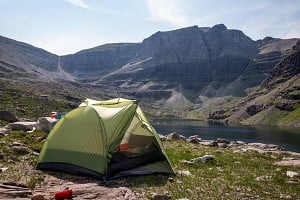
The Lightwave t10 Raid is a lightweight one-person tunnel tent. While many other backpacking tents are strong but heavy, or light but not great in high winds, the t10 Raid aims to tick every box: absolutely rock-solid performance in the worst weather, despite weighing only 1.45kg. But how does it perform? I've been testing it in the British hills this winter to find out.
"The t10 Raid gave me a good night's sleep despite horizontal snow and gale-force winds – even strong crosswinds"
First impressions
The first detail that impressed me was the bag. Most tents come in a simple bag with a drawstring closure, but Lightwave have added a handy extra feature: a mesh pocket on the side for storing pegs. As I was to discover, this attention to detail extends throughout the product's design.
If, like me, you have struggled to cram tents back into their bags after use you'll be glad to hear that this one has no such trouble. Just roll loosely and shove it into the bag. The two aluminium poles are colour coded and come in their own pole sleeve.
Fit and finish is everywhere very impressive. The flysheet stitching is flawless, and the ripstop material feels extremely premium. On the product's web page there is plenty of information about exactly why this specific fabric was chosen for the flysheet. I think it is an excellent compromise between weight, performance and durability.
The tent didn't come with pitching instructions. On my first attempt in the back garden, I didn't realise that the flysheet has to be clipped to the inner before being pegged out – I ended up trying to peg out the flysheet separately, which used too many pegs and resulted in a very sloppy pitch. In fact, once the inner is standing (which requires four pegs) the flysheet is securely attached to the inner. This is achieved by multiple velcro fastenings on each pole, and four metal rings that engage with the pole ends.
The tent requires a minimum of eight pegs – it isn't a free-standing tent. For a bombproof pitch it will take up to twenty pegs (including six guylines).
The included pegs are a real highlight. Most tents come with rubbish wire pegs that are useless on a mountain, but this one includes a premium selection of three different types, each adapted to a slightly different use. The red 'Lightning' pegs are durable, square-section nail-style skewers, ideal for hard ground. The orange 'Flash' pegs are rectangular in section, just like a Lightning peg cut in half, and are useful for pegging out the inner. Finally, the set includes four 'Wavelight' pegs: a crazy spiral design that offers excellent holding power in soft ground. I would like to have seen a few more pegs included, to cater for every pegging point, but when the pegs are this high quality it's hard to complain.
"Most tents come with rubbish wire pegs that are useless on a mountain, but this one includes a premium selection of three different types, each adapted to a slightly different use"
On the hill
I've used the t10 Raid on a number of short backpacking routes this winter, in both Scotland and the Yorkshire Dales. While I didn't get the chance to do a proper snow pitch (my excuses: a rubbish winter season and too much desk work), I have subjected the tent to some punishing conditions, and it's shrugged off every type of weather I've thrown at it.
Back in November, the t10 Raid gave me a good night's sleep despite horizontal snow and gale-force winds – even strong crosswinds. Some tents are noisy when the wind's up, but this one is fairly quiet because there is very little to flap. It sheds the wind like a dream if you take the time to get a taut pitch. That's thanks to the design: dual-pole tunnel tents are very stable, and this one has the added benefit of being a four-season model, which means it should stand up to far worse weather than your average lightweight backpacking shelter. Lightwave are big fans of the inner-first design because they claim it helps to create a more streamlined profile, and I think there's something in that claim. Compared to, say, a single-hoop design it's quite simply night and day.
"Once the tent is up, it offers a good living space, with a metre of headroom at the door"
But you pay a price for that wind-slicing profile. It takes about ten minutes to pitch the t10 Raid, and if it's raining, the inner will get wet because this is an inner-pitch-first tent. You can throw the flysheet over the inner while you fasten all the velcro attachments, but in high winds I found this just wasn't practical – and it was often a battle to secure every fastening while the flysheet was trying to take off. No matter how wind-resistant the shelter, I will always prefer flysheet-first because there is less chance of your sleeping area getting wet in bad weather. This happened to me more than once despite my best efforts. To an extent where you fall on this particular tradeoff is down to both personal preference, and the use to which you intend to put a tent.
For maximum wind resistance, you need to use most of the pegging points. That can be a problem on a stony hillside where it's difficult to get pegs into the ground. To be honest, I think that for a stable pitch the t10 Raid requires a few too many pegs. The rear pegging points for the inner and outer could be reduced from four to two with a small design tweak, for example.
Once the tent is actually up, it offers a good living space with a metre of headroom (although it tapers at the foot end). There's a decent amount of space for small items inside the inner too. The D-shaped door makes it easy to access the vestibule, which is large enough to store boots, stove and muddy gaiters, but it's a squeeze getting a large rucksack in there as well. On more than one occasion I ended up leaving my rucksack outside the tent.
As often on a winter-worthy tent, ventilation could be better. The flysheet hugs the ground on all sides, and only has one vent, directly above the vestibule. This vent is quite small, flush with the fabric, and can't be extended to allow more airflow (although you can always open the front zip a few inches). There is no flysheet vent of any kind at the foot end. While this fortress approach does lead to an admirable degree of weather-proofing, I found condensation to be objectionable at times – I woke up with it dripping onto the inner canopy on one occasion, and on another the whole interior was thickly frosted after a night at -7˚C. All shelters suffer from condensation to an extent, but I feel that the t10 Raid could have done better with more venting options.
The groundsheet is very good, with stiff bathtub walls when pitched. There was never any risk of groundwater climbing over those bathtub walls, but I did notice dark moisture marks at pressure points underneath my camping mat from time to time. However, no water actually penetrated the groundsheet – and I camped on boggy ground several times. I'd say that's pretty good performance.
Although I didn't have the chance to test how the t10 Raid pitches on snow, I think that as long as you have enough anchors it will perform well. It's certainly up to camping up high in wintry weather, and the sturdy structure will withstand moderate snow loading.
My recommendation
Overall, this is a very good tent for year-round use in the British mountains. For the beginner or the valley camper, there are cheaper and simpler options – but this is a shelter for someone with demanding needs, who requires a mountain tent they can rely on in any conditions. With top quality workmanship and durable construction, it's a workhorse that will give many years of service for the advanced user.
There are some drawbacks, especially if you prefer lighter shelters. For me, the inner-first design is a disadvantage despite its wind resistance once erected. I also think it uses too many pegs, and would prefer a shelter that can be made stormproof with no more than – say – 10-12 pegging points. Ventilation could be better, and I'd prefer a shelter that weighs less than a kilo – although this is only my personal opinion. Every shelter is a compromise. The t10 Raid tips that balance in favour of fortress-like wind resistance and durability, while still maintaining a respectable pack weight and size. If those are qualities that you need, then look no further than the Lightwave t10 Raid.
Lightwave say:
The two raid models are the lightest tents we make. At Lightwave, we are reluctant to go into the ultralight fabrics now in vogue as these have a poor longevity thanks to UV-degradation. The 20 denier flysheet used in our raid tents are as light as we are prepared to go. Depending on the amount of use, you may get 5-10 years usage. (Flysheets made from 15 or even 10 denier yarns will have a short life, representing not only a poor return on the money spent, but are also more irresponsible in environmental terms as you would be replacing these far more often. They do not make good ground-fill.)
Despite their relatively low weight, our raid tents are still suitable for 4-season use and will handle any wind and rain (and actually, we don't see the point of making any tent that's not capable of keeping the elements out). Because these tents have a large amount of mesh on the inner tent, you may find you need to use a warmer sleeping bag when winter camping.
Both the t10 (a one-person tunnel) and g15 (a compact 2-person semi-geodesic) are pitched inner-first. When trying to make our tents as light as possible, this system allows for a lighter construction and, equally important, is a superior design for withstanding storm conditions.
About Alex Roddie
Regular UKH contributor Alex Roddie is a freelance editor, writer and outdoor enthusiast. He divides his time between editing the work of others and writing about mountains.
His passion is the history of mountaineering and he has published two novels on the subject, The Only Genuine Jones and The Atholl Expedition.
For more on what Alex is up to see his website
- SKILLS: Snowshoes in Scotland - more than just a novelty 31 Dec, 2020
- REVIEW: Alpkit Ibex Pack 27 Apr, 2018
- SKILLS: Winter Walker to Winter Climber - Here's How 18 Jan, 2018
- Mountain Literature Classics: Mountaineering in Scotland by WH Murray 26 Jul, 2017
- REVIEW: Chris Bonington Mountaineer - Revised Edition 8 Mar, 2017
- REVIEW: Mostly Mischief by HW Tilman 30 Dec, 2016
- REVIEW: The Bond by Simon McCartney 16 Nov, 2016
- REVIEW: Solo Stove Lite - a Wood Burner For Backpackers 9 Sep, 2016
- OPINION: Keep Mallory's Axe in UK 9 Apr, 2014
- The Only Genuine Jones 21 Mar, 2013



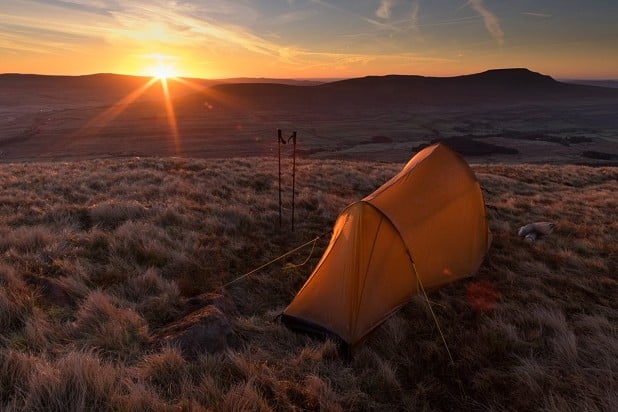
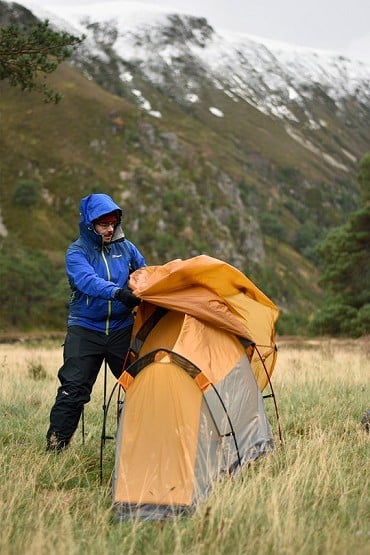

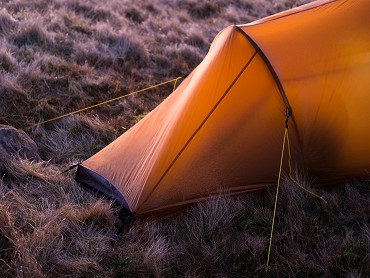
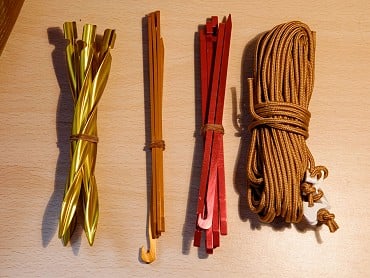
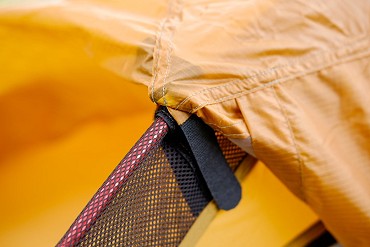
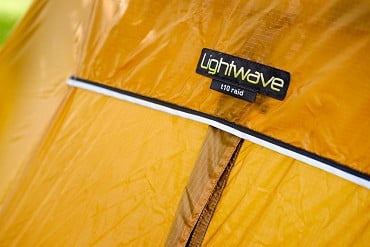
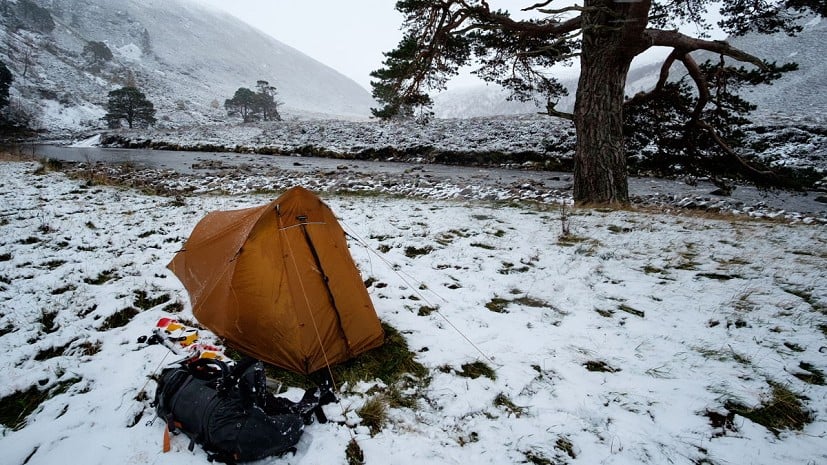
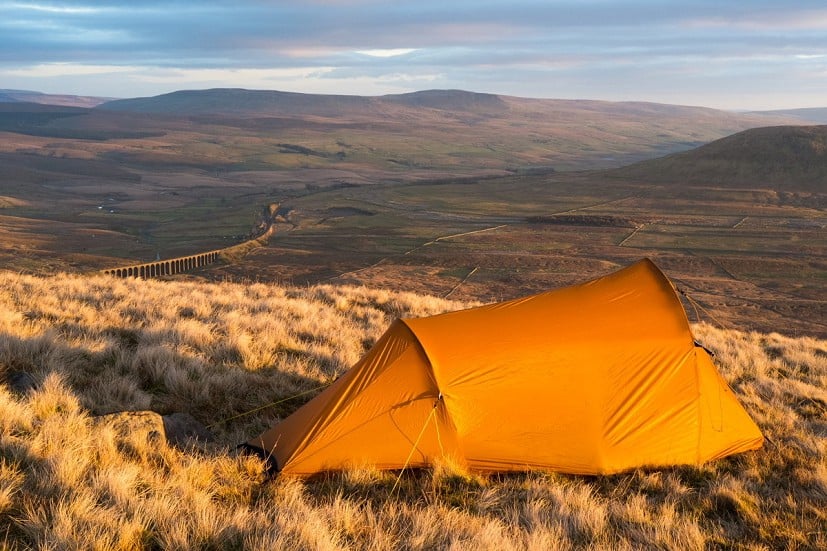
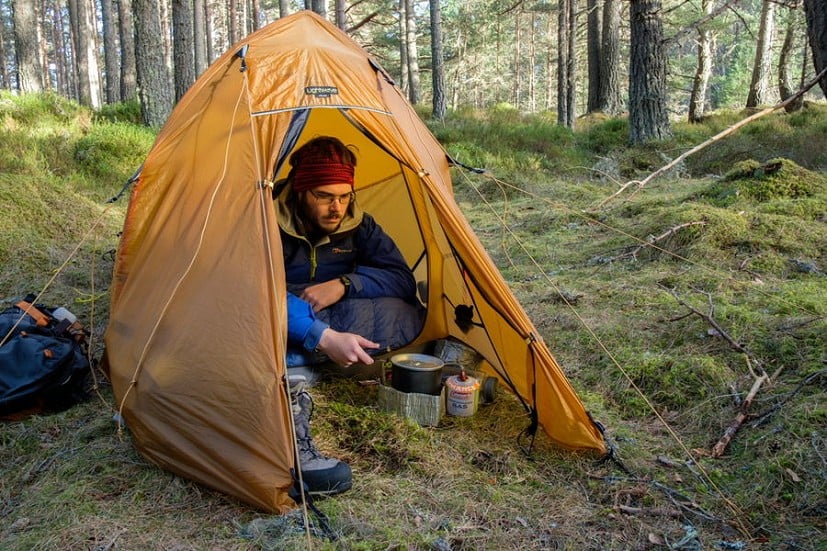
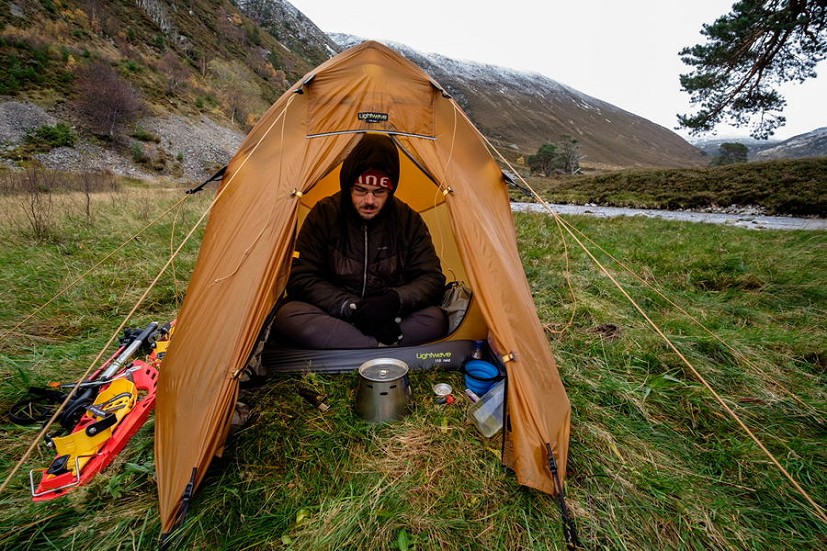
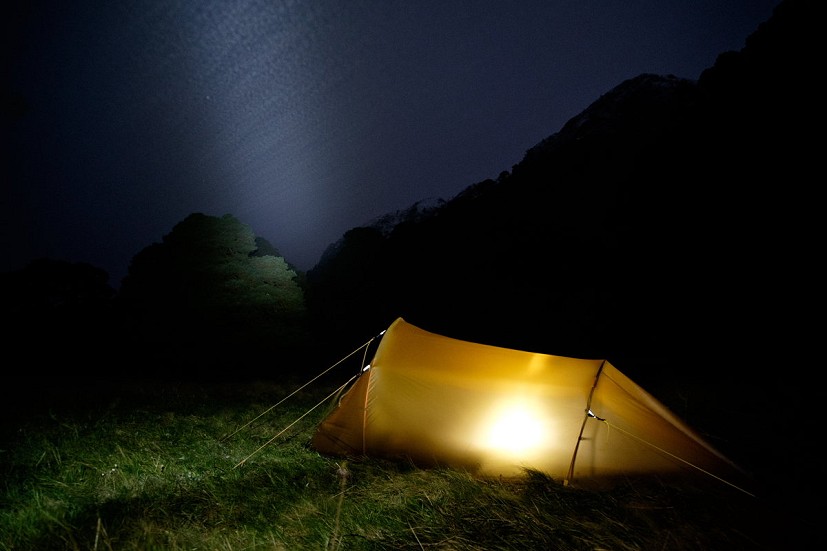

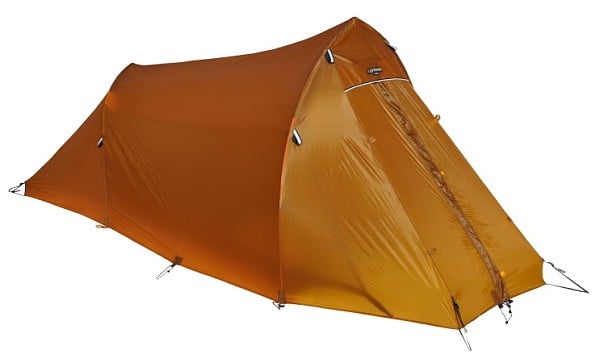

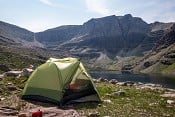
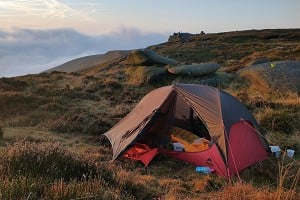
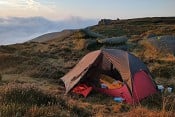
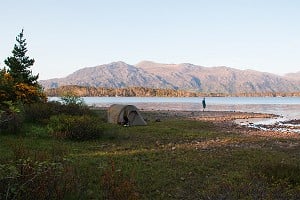
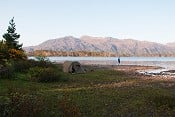
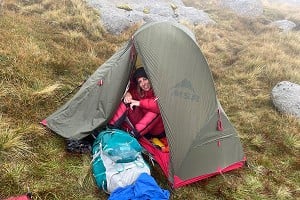
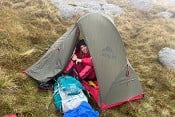
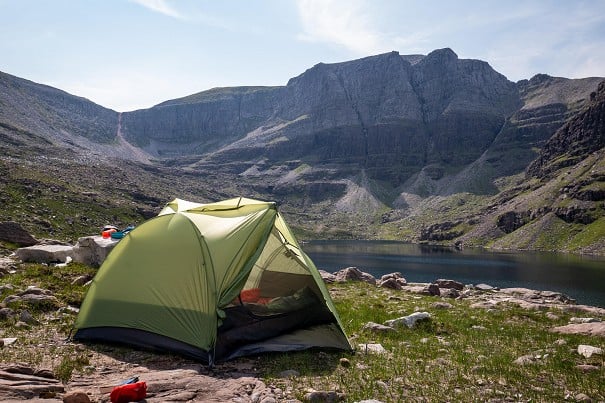

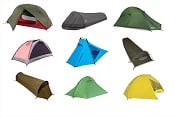
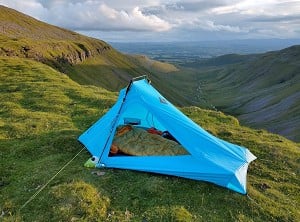
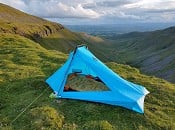
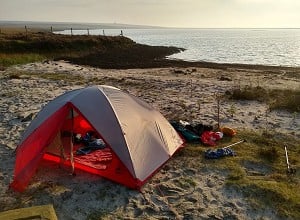
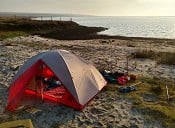
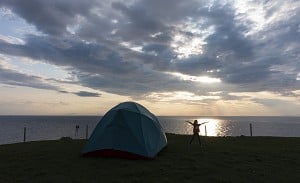
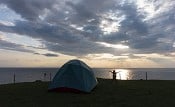
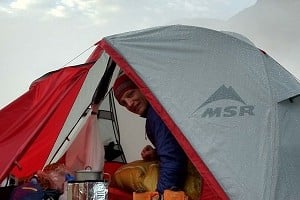
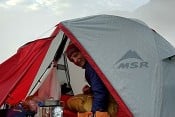
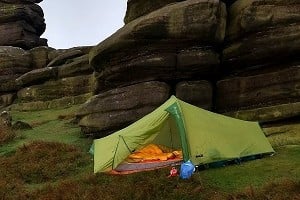
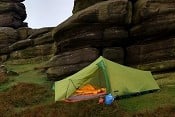
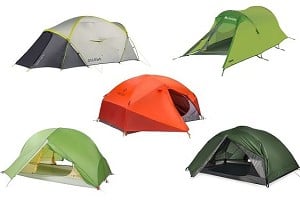

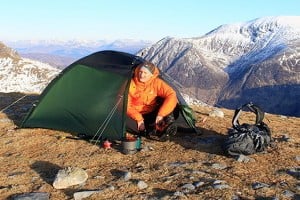
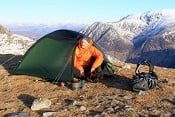
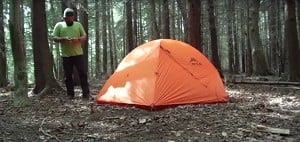

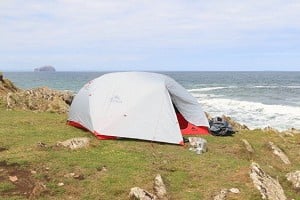
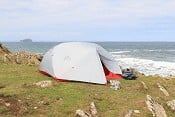
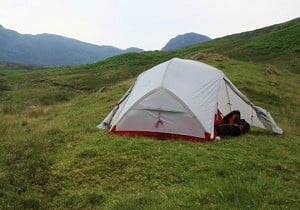
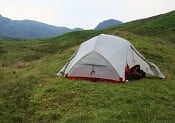
Comments